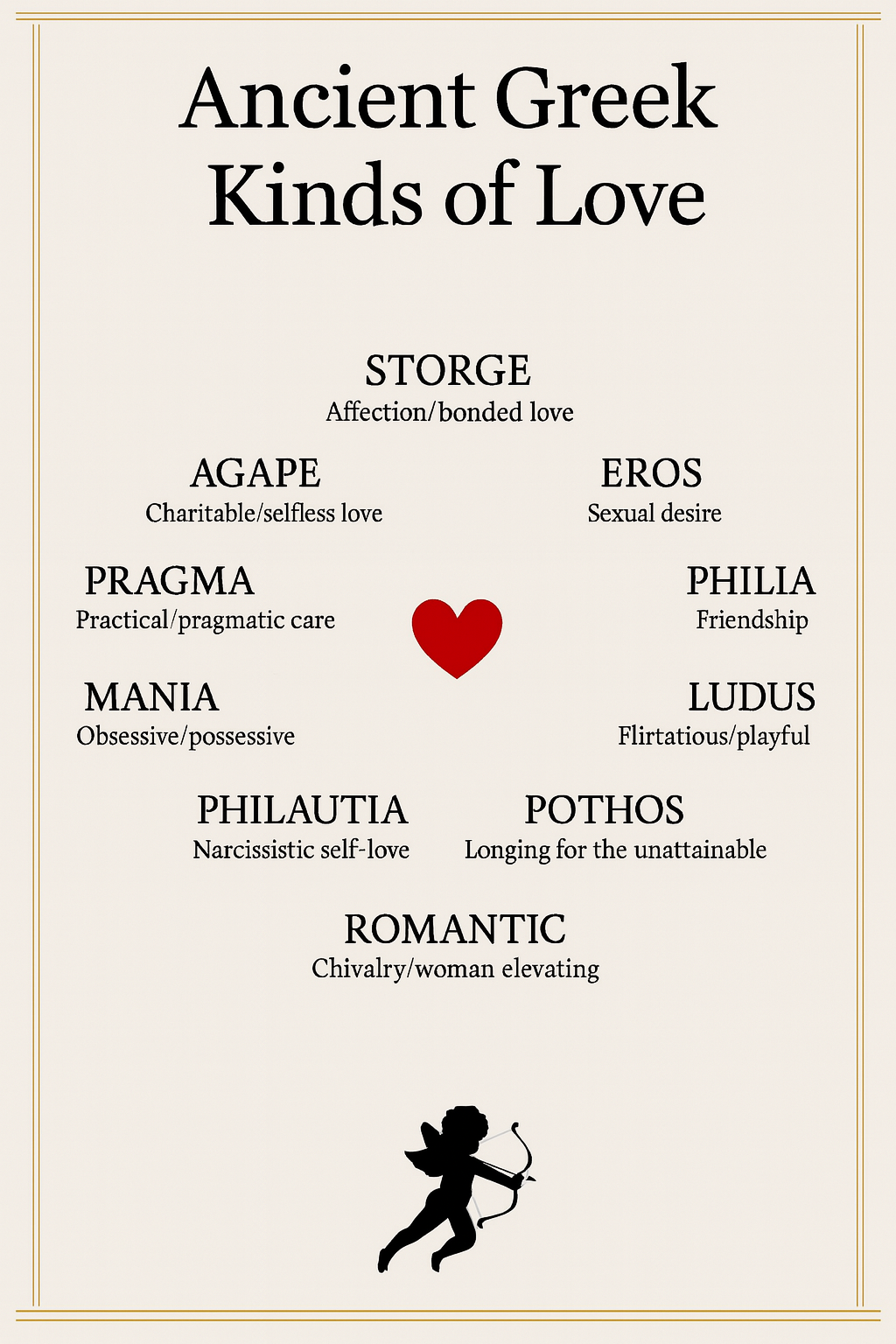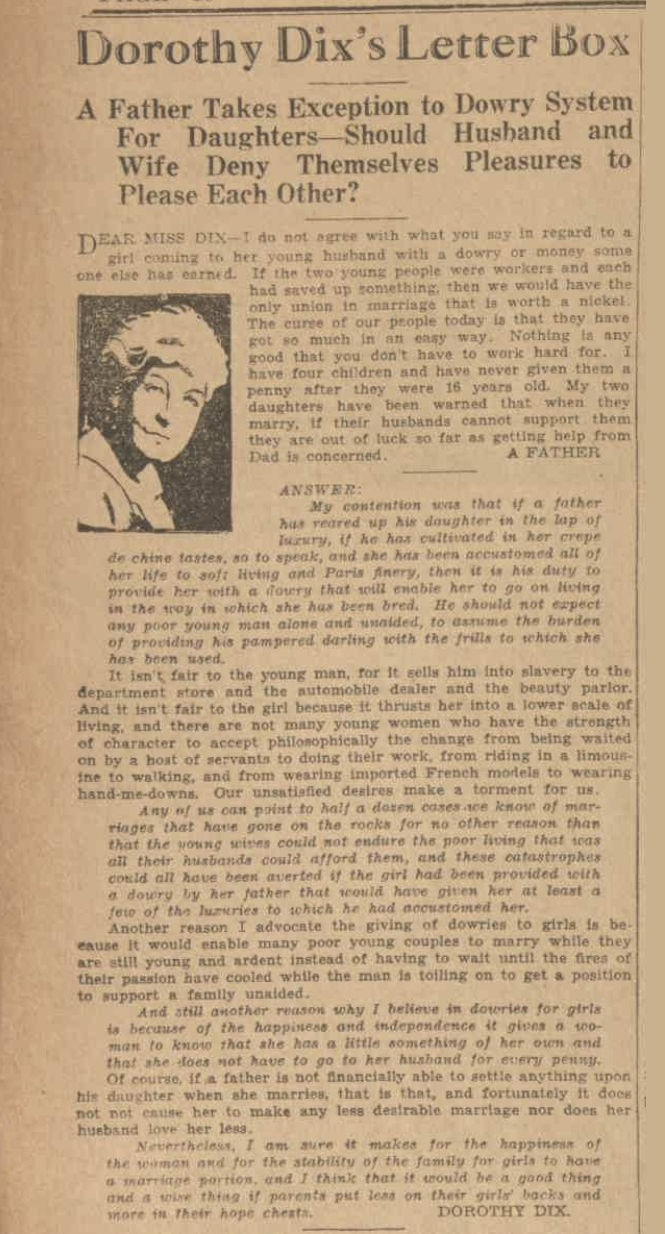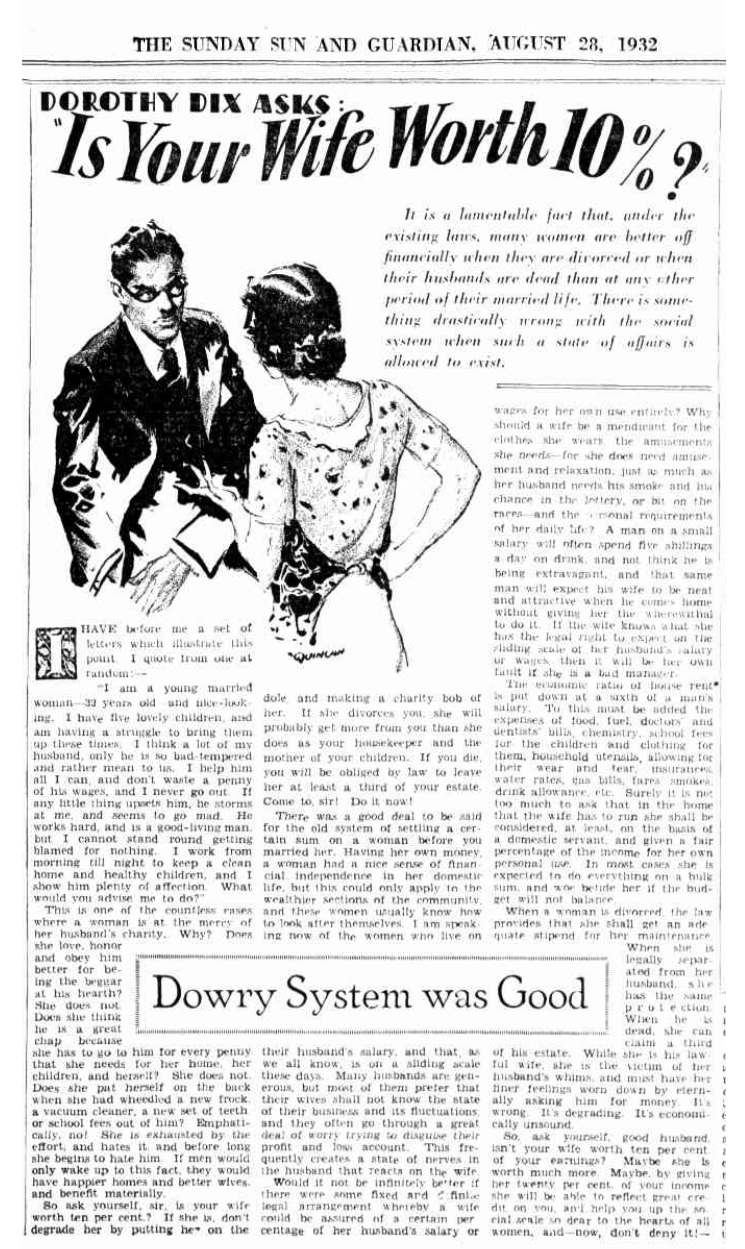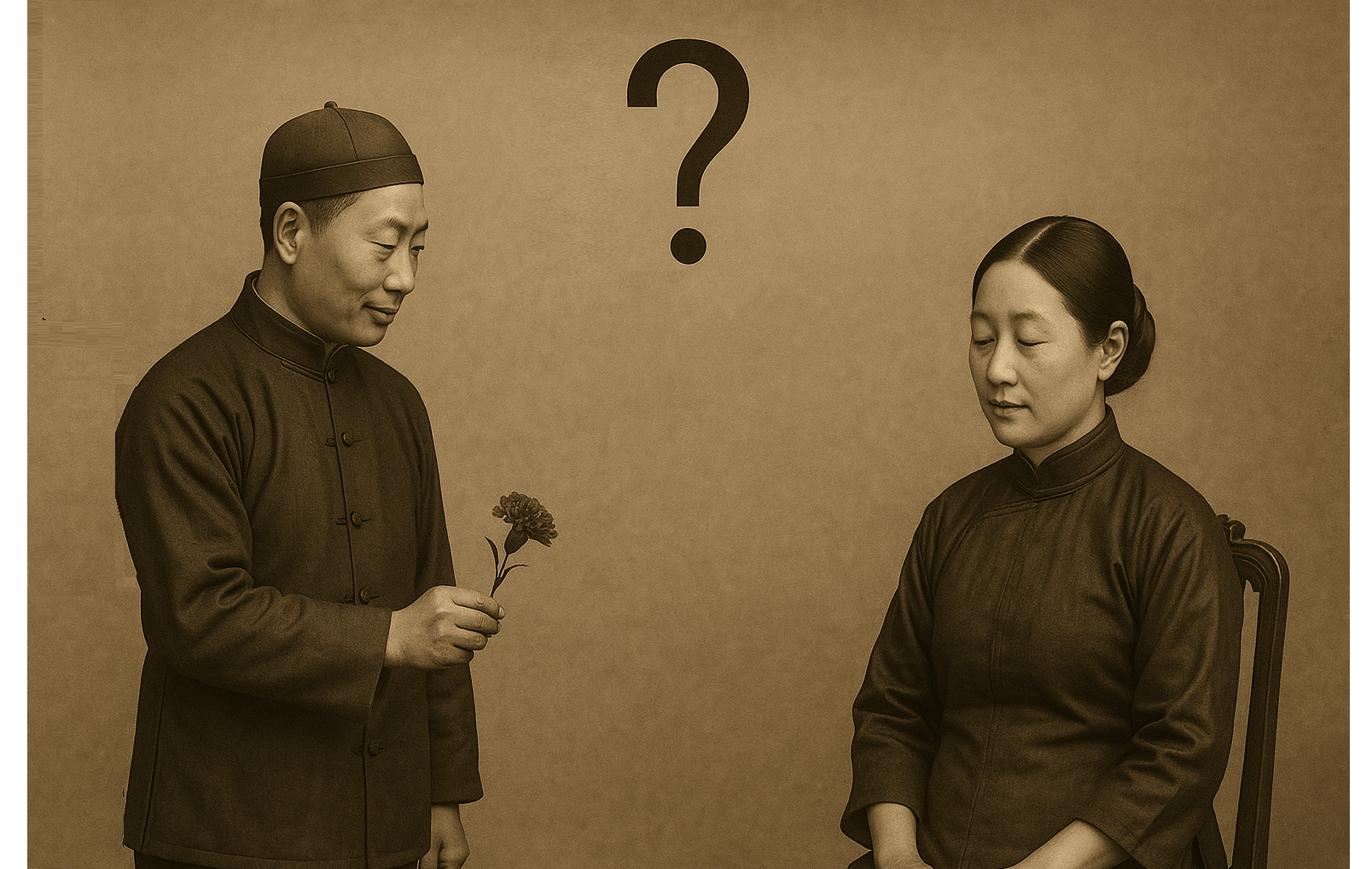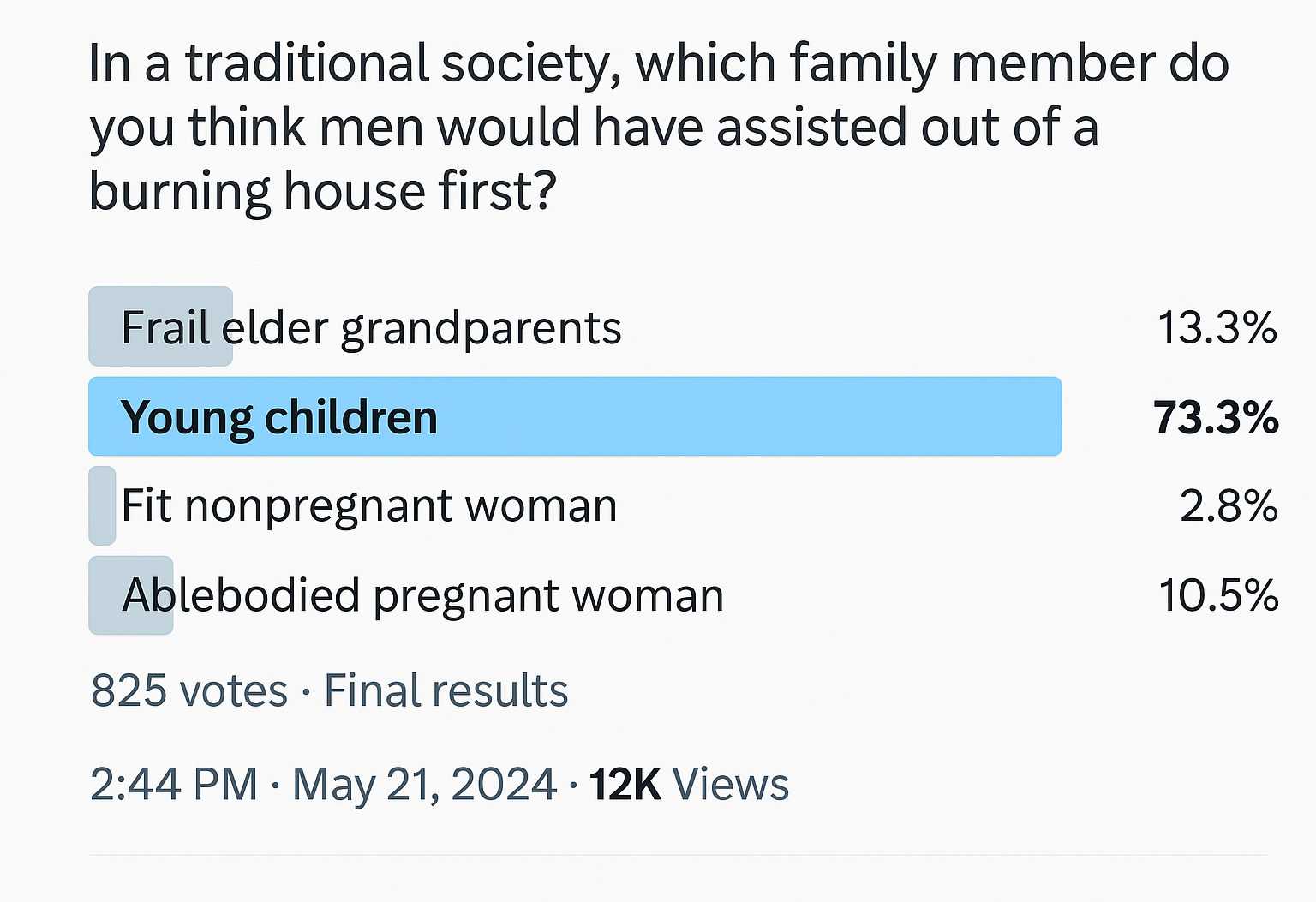We’ve all heard that love is divine, but do we know which god has sent the love letter, and what kind of love is intended….. eros? agape? romance?
Gynocentric vs non-gynocentric values for men
| Red Pill Tradsimping | MGTOW & MAGS (Men as gatekeepers) |
| 1. Women are gatekeepers of all sexual activity & men gatekeepers of relationships | 1. Men As Gatekeepers (MAGS) of sex, relationships, marriage and family |
| 2. Women’s evolved hypergamy is something men have to accept, play to, and appease | 2. Hypergamy is rejected as a misinterpretation of modern female narcissism which serves the ego, not survival |
| 3. Women are born with inherent value, men are born with none and have to earn it | 3. Men are born with inherent value (traits, humanity, personality, reproductive capacity) but can also add value |
| 4. Men will accept any sexual offer available but women only take what they want | 4. Men Going Their Own Way (MGTOW) selectively choose what they want in a spirit of self-determination |
| 5. Women don’t need to contribute anything to shared lifestyle or bills except home-making, beauty, sex and babies | 5. Men expect women to come to the relationship table with a material and/or financial commitment |
| 6. Upholds the tradition of chivalry toward women and the conventions of romantic love | 6. Rejection of the unbalanced romantic model that favors passion over pragmatic concerns |
Dorothy Dix Letterbox: Father Takes Exception To Dowry System of Paying For Daughters!
Dorothy Dix asks: “Is Your Wife Worth 10%?” (1932)
Dorothy Dix asks:
“Is Your Wife Worth 10%?”
It is a lamentable fact that, under the existing laws, many women are better off financially when they are divorced or when their husbands are dead than at any other period of their married life. There is something drastically wrong with the social system when such a state of affairs is allowed to exist.
Facial traits in certain male populations are more neotenous than in women
Below are specific studies and findings that indicate facial traits in certain male populations that are more neotenous than in women, focusing on traits like high foreheads, larger eyes, and any other relevant features. Each source is accompanied by a one-sentence description summarizing the male trait identified as more neotenous than in women.
- Study: Cunningham, M. R. (1986). “Measuring the physical in physical attractiveness: Quasi-experiments on the sociobiology of female facial beauty.” Journal of Personality and Social Psychology, 50(5), 925–935.
- Finding: In certain East Asian male populations, relative eye size (larger eyes compared to facial width) is greater than in women, contributing to a more neotenous appearance.
- Description: East Asian men’s larger eye-to-face ratio is more neotenous than in women due to proportionally bigger eyes resembling juvenile features.
- Study: Enlow, D. H. (1990). Facial Growth (3rd ed.). Philadelphia: Saunders.
- Finding: Men across various populations tend to have taller foreheads relative to their facial structure compared to women, a trait associated with juvenile proportions.
- Description: Men’s higher foreheads are more neotenous than women’s, as they reflect the larger forehead-to-face ratio seen in infants.
- Study: Rhodes, G. (2006). “The evolutionary psychology of facial beauty.” Annual Review of Psychology, 57, 199–226.
- Finding: In men with minimal facial hair (e.g., in some Asian or Native American populations), the smoother, less angular jawline appears more neotenous than in women with more defined mandibular structures.
- Description: Lower facial-hair male populations with softer jawlines are more neotenous than women’s more defined jaws, resembling youthful, less dimorphic features.
- Study: Perrett, D. I., Lee, K. J., Penton-Voak, I., et al. (1998). “Effects of sexual dimorphism on facial attractiveness.” Nature, 394(6696), 884–887.
- Finding: In populations with low sexual dimorphism (e.g., some East Asian or Scandinavian groups), men’s softer facial tissue and less pronounced brow ridges appear more neotenous than women’s more structured features.
- Description: Men’s softer facial tissue and reduced brow ridge prominence in low-dimorphism populations are more neotenous than women’s sharper features, mimicking juvenile softness.
- Study: Farkas, L. G. (1994). Anthropometry of the Head and Face. New York: Raven Press.
- Finding: In some male populations (e.g., certain European groups), a narrower nasal bridge relative to facial width is observed, which is more neotenous than the broader nasal structure often seen in women.
- Description: Men’s narrower nasal bridges in certain populations are more neotenous than women’s broader nasal structures, resembling the delicate noses of juveniles.
A History Of Gynocentrism’s Journey Into China
The following is a history of gynocentrism’s journey into China during the early 20th Century – based upon the Chinese language. English (pdf.) translation by SpiritHart.
_______________________________________________
A Chaotic Scene: The Translation and Reception of the Gynaecocentric Theory in China ~ By Tang Xinyu
Abstract: The gynaecocentric theory, put forward by Lester F. Ward (1841–1913) in 1888, was introduced to China via Japan by Li Da (1890–1966) and Xia Mianzun (1886–1946) between 1921 and 1922. In contrast to its being seldom mentioned in the United States during the same period, the theory aroused a heated and prolonged discussion among the Chinese intellectuals. The translators Li Da and Xia Mianzun did not actually agree with Ward’s analysis of the causes of inequalities between men and women, although they faithfully translated his theory. Similarly, the readers, including socialists, feminists and nationalists, criticised or approved the theory according to their own values and stances. Behind all the different opinions, there was something in common: the vast majority of readers adopted a pragmatic position, without paying much attention to the theoretical study of the theory, which not only inevitably caused misreading of Ward and his theory, but created difficulties in recognising the weakness of the theory.
Sinne en Minne-beelden (1627): A Moral Lesson About Romantic Love
The image below is from Jacob Cats’s emblem book Sinne- en Minne-beelden (1627), where the destructive aspect of Minne (romantic love) is explored through moralized allegories.
The crocodile embodies unbridled, consuming passion, a dangerous and insatiable force that, left unchecked, leads to ruin and death. The emblem “Nescit habere modum” (“It knows no moderation”) draws on the natural-history belief that the crocodile grows continually throughout its life, using it as a symbol for romantic love’s tendency to increase without restraint.
The author contrasts this destructive urge with the ideal of conjugal love, which, though also enduring, is tempered by virtue and fidelity. Thus, the emblem sets “Minne” before the reader as uncontrolled desire that consumes itself like the ever-growing crocodile, as contrasted with conjugal affection which alone can channel love’s power into lasting harmony.
Evosimp and Evosimping Defined
The following definitions explain the term ‘Evosimp’ and its related form ‘Evosimping,’ capturing the concept of men justifying self-sacrifice or deference to women through evolutionary reasoning – compliments of Chat GPT.
1. Long, Dictionary-Style Version
Evosimp (noun)
A person who justifies disproportionate male self-sacrifice or subservience to women by invoking evolutionary psychology or evolutionary arguments, claiming that women inherently hold greater reproductive or evolutionary value.
Evosimping (verb, intransitive)
The act of behaving as an evosimp; engaging in the rationalization or performance of excessive male deference to women on the basis of evolutionary reasoning.
2. Short, Punchy Version
Evosimp (n.) – A man who treats women as inherently more valuable and justifies self-sacrifice or subservience using evolutionary arguments.
Evosimping (v.) – Acting like an evosimp; putting women on a pedestal and excusing male self-denial as “evolutionary necessity.”
Tradition Was Family-Centric, Not Gynocentric
Throughout history, men certainly performed caring acts for the good of their families and communities—but these gestures were not one-sided. Women, elders, and other family members also contributed their own sacrifices, creating a balance of mutual care. What we see in the historical record is not gynocentrism, but cooperation: family as a team.
Traditionally, men and women lived within family and community networks where everyone’s life and labor mattered, and protections were extended according to circumstance and need. Yes, women were sometimes prioritized for assistance, but so too were children, the elderly, the injured, or the sick. This was not evidence of a female-centered order—it was simply an expression of storge, the Greek word for familial love. Acts of care flowed in many directions, depending on who was most vulnerable in the moment.
To explore this point further, I conducted a small poll (see below). The question was simple: In a traditional society, which family member would men have rescued first from a burning house? One of the answer choices was “pregnant woman,” since pregnancy is often cited as the reason women supposedly always received priority.
The results were telling. Out of 825 respondents, the overwhelming majority believed that young children would be assisted first (73.3%). Frail grandparents came next (13.3%), followed by pregnant women (10.5%), and lastly non-pregnant women (2.8%). These responses reflect a common-sense principle: protection was given first to those in greatest need, not automatically to women.
Traditional family life was guided by the ethic of “all for one, and one for all.” Men, women, children, and elders were all valued, and any of them might become the priority depending on the situation. If an uncle broke his leg, he would be helped. If a grandfather fell ill, he would be cared for. If a child was in danger, he or she came first. To call care for a woman “gynocentrism” makes no more sense than calling care for an injured uncle “uncle-centrism.”
The idea that every act of familial kindness toward women must be reframed as evidence of a gynocentric order is a modern distortion—a projection of ideology onto the past. It reduces the complexity of human family life into a one-dimensional myth of female-centeredness. In truth, traditional society was not gynocentric, but family-centric.
Frame Within Frame: A Gynocentric Misstep
As Max O’Rell noted in the year 1900, men tend to exert intersexual frame within a larger intersexual frame of gynocentrism of which they are unconscious, while deluding themselves that they are guiding the entire interaction.
“The best thing that can happen to a man is to be ruled by his wife; but she should rule him so discreetly, so diplomatically, that he could almost boast that it is he who rules her. At all events, he should remain very undecided which of the two it is that rules the other. And when a man is not quite sure that it is he who rules his wife, you may take it for granted that it is she who rules him.”
In this comment, O’Rell illustrates the opposite of Rollo Tomassi’s advice that men should ‘always control the Frame, but resist giving the impression that you are.’ In O’Rell’s view, it is women who actually rule over men while giving the impression that they do not.
This is a ‘frame within frame’ conundrum—who is really pulling the strings?
Even when applying frame, accepting any of the following clichés means you’re still operating inside the larger gynocentric frame that has taken shape over the past 150 years:
– Women are the hypergamous sex and men must adapt to that nature.
– Women are born valuable, and that men must create value.
– Women potentially fall pregnant, therefore we are a gynocentric species.
– Women are the evolutionary gatekeepers of sex.
The principles of gynocentrism, far from being an ‘evolutionary norm,’ function as a frame that men unwittingly step into—one so longstanding that it is no longer recognized as a frame at all. It’s a frame used by women and society to tame and exploit men. In this scenario men set up their own frame inside of the prevailing gynocentric frame, while not realizing they are doing that. They think their frame is dominant—when in truth, it’s nothing more than a little tent pitched inside a bigger tent.
The good news is that more men are waking up to the problem. As the two-frame issue gains cultural visibility, the moment may have arrived to break free from the gynocentric frame once and for all.
